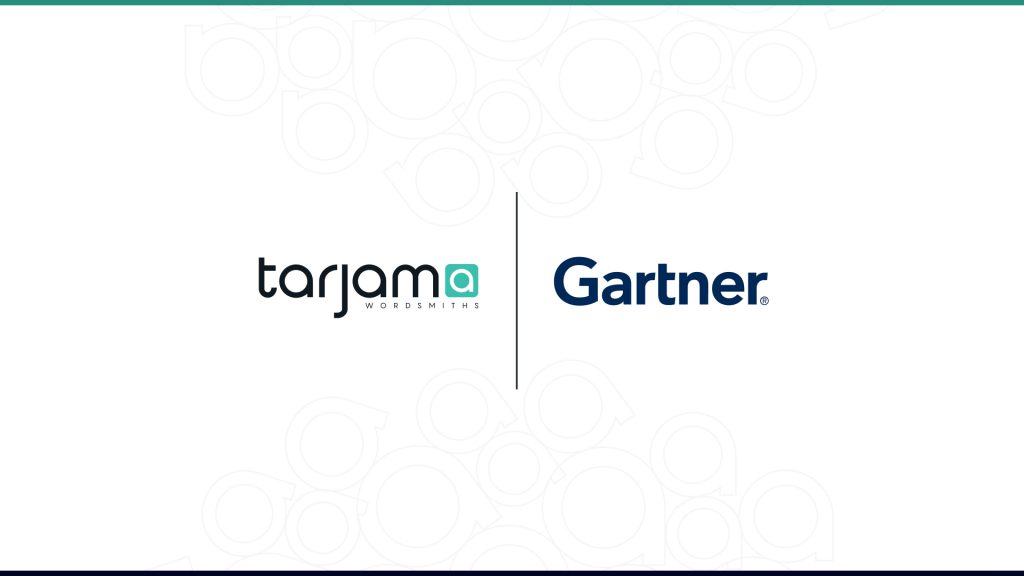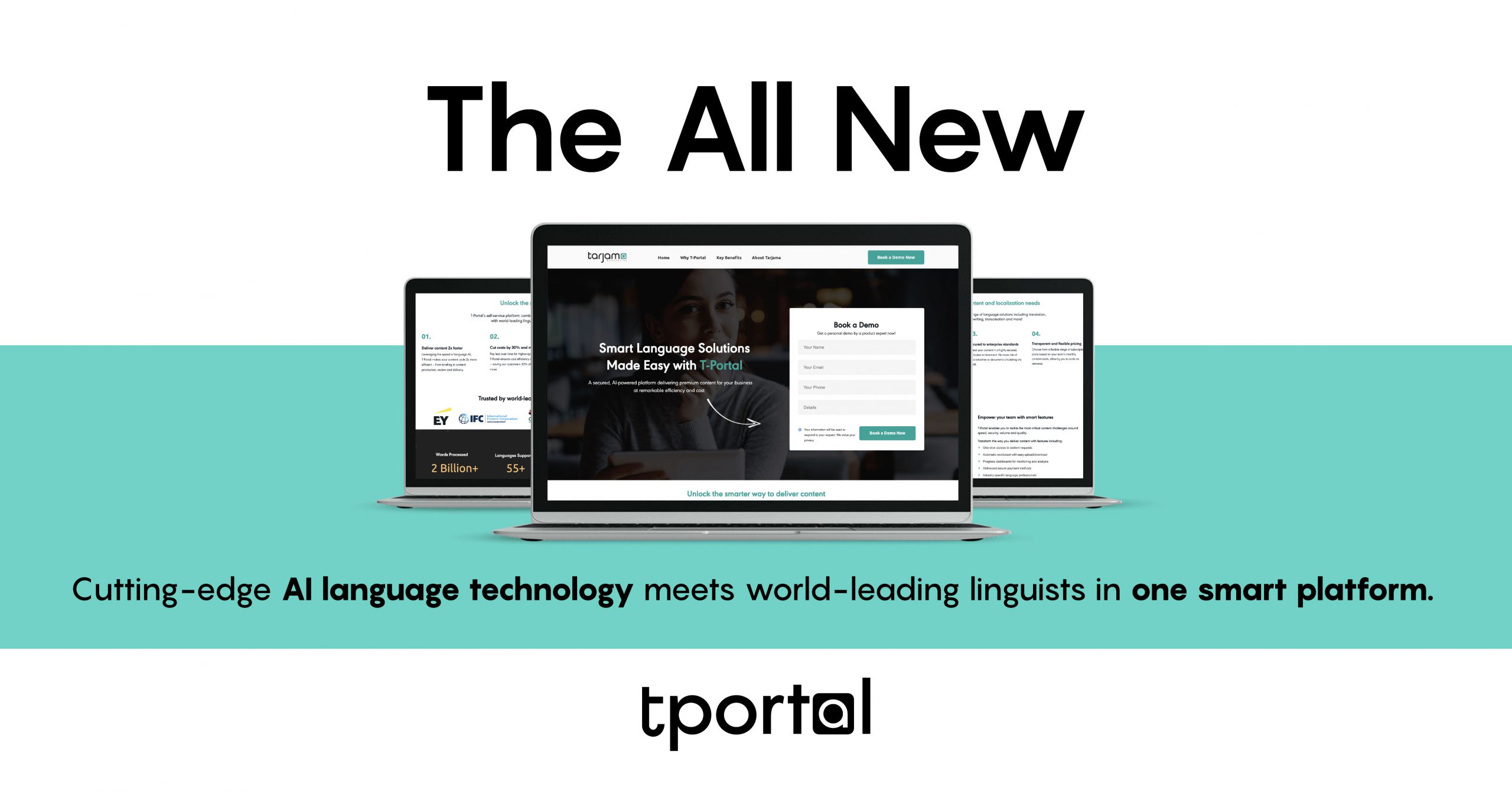You have the spirit of entrepreneurship and an innovative idea for establishing a business. This business will go through phases as you grow and produce better products or services. Naturally, you focus on the local market first because getting a big share there is easier. You already know your demographics, buyer personas, economics, and more.
However, there will be times when your startup expenses are entirely over the national market, and you need global growth to progress within your industry. That is when you should be ready for international business expansion; it is necessary but also a long shot. You have to be sure your company has a solid foundation to handle operating on a global scale.
We can list the reasons why companies go global as:
– They have dominance over their local market,
– They seek continuous success,
– There is a consistent demand from overseas,
– They have the necessary fund, expertise
– Progress and development require expansion.
Here are five signs that show that your business is ripe and prepared to go global:
You Start Having International Customers
One of the first signs that indicate that you may start considering global growth is attracting customers from overseas. This shows your product or service interests international customers.
However, the flow of international customers should be consistent. Then you know the demand is building up. So you should track the sign for weeks, even months, to ensure that establishing steady sales overseas is possible.
You Have A Strong Plan for Operations
The biggest challenge you would face is organizing your operations. It would help if you did extensive research about your target area; its business law, taxes, shipping arrangement all should be precisely planned so that you can make an impactful entrance to the market.
It is all about function. Without a smooth operating system, you cannot create a reputable brand identity regardless of the quality of your products. You need local sales, development, and marketing teams established that know the buyer personas. Therefore, you make sure that your services can maintain the same quality everywhere.
You Produce High-Quality Products
The international market is a fighting pit; you will have many rivals with much more experience. Companies going international should be ready for the competition. It is hard to navigate obstacles that will show up at every stage of your global growth journey.
The quality of your products or services is what will make you stand out among your competitors. Consumers have become so conscious and selective that they can spot any defect. This means you must be confident in your products and be sure they are excellent.
You Localize Everything
Ensuring your success overseas depends mostly on adapting your strategies, operations, products, and business identity to your target market. Companies that should go global are the ones that completed the localization process, working with professional language service providers and marketing teams.
Localization means adapting all your content to your target market according to its:
– Culture,
– Customs,
– Language,
– Law,
– Demographics,
– Interests,
– Buyer personas, and more.
It is all about creating target-audience-oriented content. You are at the dead-end if you do not speak the same language as your target customers. You cannot expect the market to fit you; on the contrary, you should adapt, shape, and bend your endeavors for the market.
Presenting content that offends your target audience or does not spark an interest within the market means you have no chance of growing. The scalability of your expansion can only be measured by how “local” you are. So, you should educate yourself and your whole team on localization. The best way to be sure that you are ready to take the step is to work with professional language experts who specialize in localization.
You Have A Reliable Business Partner
You cannot walk the path of global growth alone. It is a great challenge, and you need reliable alliances when entering an unknown region. As we mentioned before, you need local partners and staff that will guide and help you.
You have to be sure your supplier can meet growing demands; your business partners should include local experts. Because international expansion does not only cover sales and marketing, you have to take care of legal issues, requirements, and establish a solid infrastructure for the distribution, local dealers, and suppliers. If you do not have a strong partnership overseas, it may be better to establish those connections first and then step into the international market.
When it feels like it is the right to go global, you should consider these five signs to determine whether you are ready for it or is it just enthusiasm. Without reading all the data, researching, and creating tailored strategies, you cannot expect to succeed.
Working with experts is the only way to ensure you achieve your goals. Tarjama provides businesses that want to go global with excellent localization services; our linguists are experts within their fields, and they operate with the support of advanced AI. If you’re going to expand internationally and do not know where to start, we would be delighted to help and guide you. You can contact us anytime!





















